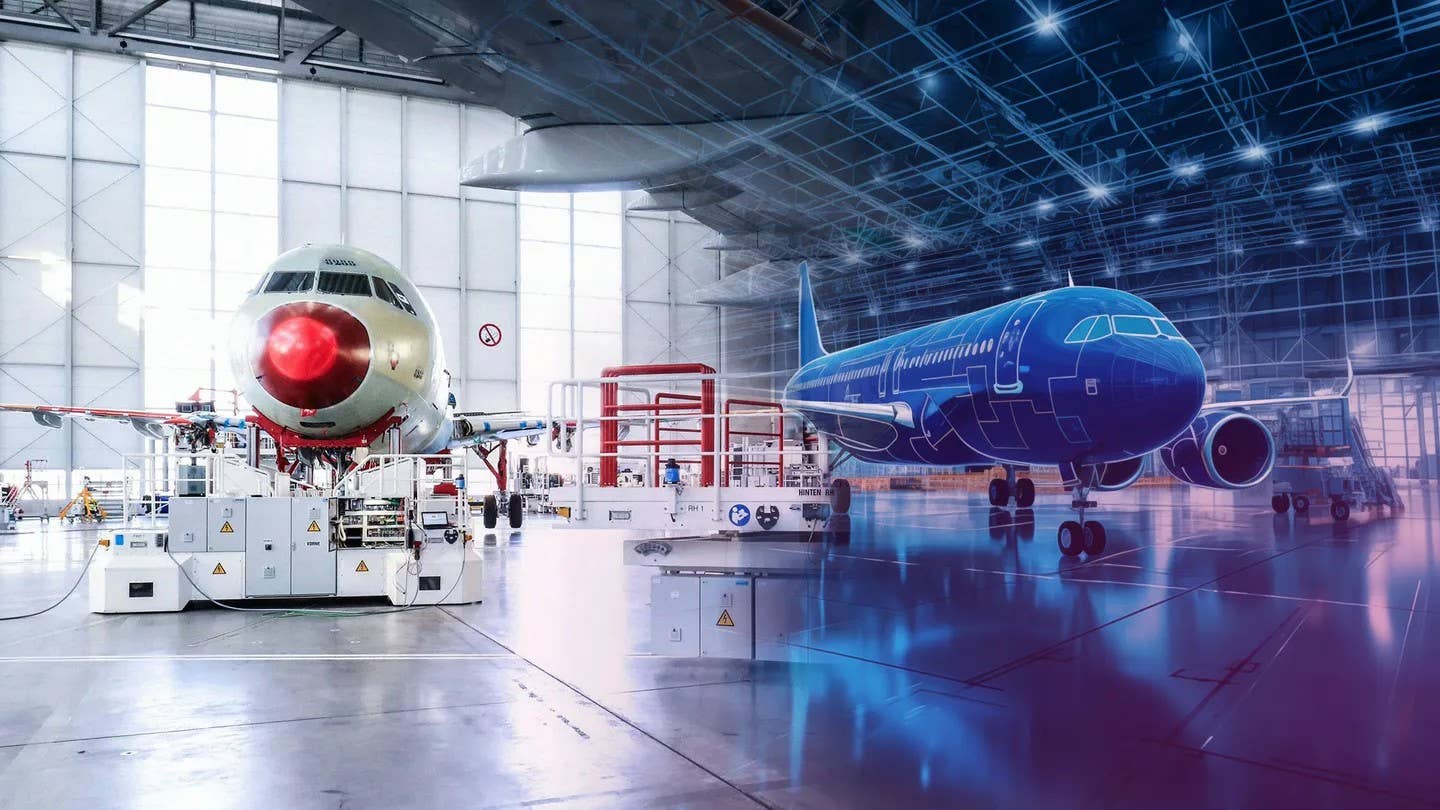Investigators Say Wrong Switch Jolted 737 Flight
One person was injured after a pilot mistakenly activated the left rudder trim switch instead of the flight deck door switch.

A Virgin Australia Boeing 737-800 [Credit: Shutterstock/ Ryan Fletcher]
An “in-flight upset” aboard a Virgin Australia Boeing 737-800 in September 2023 resulted in a cabin crewmember receiving minor injuries and prompted the airline to implement changes to its flight deck door entry procedures.
According to an investigation of the incident released by the Australian Transport Safety Bureau (ATSB) on Friday, the pilot accidentally activated full left rudder trim when they meant to activate the flight deck door switch during a flight from Brisbane, Australia, to Melbourne.
The flight crew received a call at cruise altitude from a cabin crew member requesting entry to the flight deck, and the captain accidentally activated the wrong switch for rudder trim control.
“As they reached for the switch, the captain looked up from the switch to the flight deck door, and then inadvertently grasped and activated the rudder trim control instead,” ATSB chief commissioner Angus Mitchell said in a summary of the report published by the agency.
Similar Switches
The report summary said the two switches use similar operations and are located close to each other on the flight deck aisle stand panel between the two pilot seats.
At first, the autopilot countered the left turn and roll of the aircraft. However, after about five seconds of the full left rudder trim being active, the autopilot reached the limit of its ability to counteract it and the aircraft began to increasingly roll to the left.
This caught the attention of the first officer who ultimately countered the turn and roll by disconnecting the autopilot and manually correcting.
“The aircraft’s bank angle peaked at about 42 [degrees] to the left, triggering a bank angle alert from the ground proximity warning system (GPWS), and a cabin crewmember sustained a minor injury while stabilizing a food service cart,” the report summary stated.
The aircraft continued to Melbourne and safely landed.
After the incident, Virgin Australia limited the time required for the door unlock switch to be held, briefed flight crews on the event and changed its non-technical skills program in response.
In a summary report statement, Mitchell advised flight crews to make sure they are locating the correct switches before activating them.
“Further, it is important that any incidents like this one are reported to the operator, and subsequently to the manufacturer, as continuing record of such occurrences may indicate a design error that needs correcting,” he said.
Not the First Time
Coincidentally, a similar incident occurred on the same day a little over a decade earlier aboard an All Nippon Airways Boeing 737 flight from Okinawa, Japan, to Tokyo on September 6, 2011.
According to an investigation report by the Japan Transport Safety Board (JTSB) released on September 25, 2014, the aircraft nosedived after an upset at an altitude of 41,000 feet around Kushimoto, Japan.
There were 117 people on board consisting of the captain, the first officer, three cabin attendants, and 112 passengers. The report stated two cabin attendants sustained slight injuries during the upset and there was no damage to the aircraft.
The report stated that the incident likely happened because the first officer erroneously operated the rudder trim control when they meant to activate the door lock control to let the captain reenter the cockpit.
“The first officer’s recognition of the unusual situation was delayed and his subsequent recovery operations were partially inappropriate or insufficient; therefore, the aircraft attitude became even more unusual, causing the aircraft to lose its lifting force and went into nosedive,” the report stated. “This led to a situation which is equivalent to ‘a case where aircraft operation is impeded.’”
Additionally, the report stated that it is likely that the similarities between the switches for the door lock control and the rudder trim control contributed to the delay in the pilot’s recognition of the error.
The JTSB recommended that ANA implement basic rules for cases when an aircraft is operated by a single pilot along with high altitude upset recovery training.
Editor’s Note: This article first appeared on AirlineGeeks.com.

Sign-up for newsletters & special offers!
Get the latest FLYING stories & special offers delivered directly to your inbox






